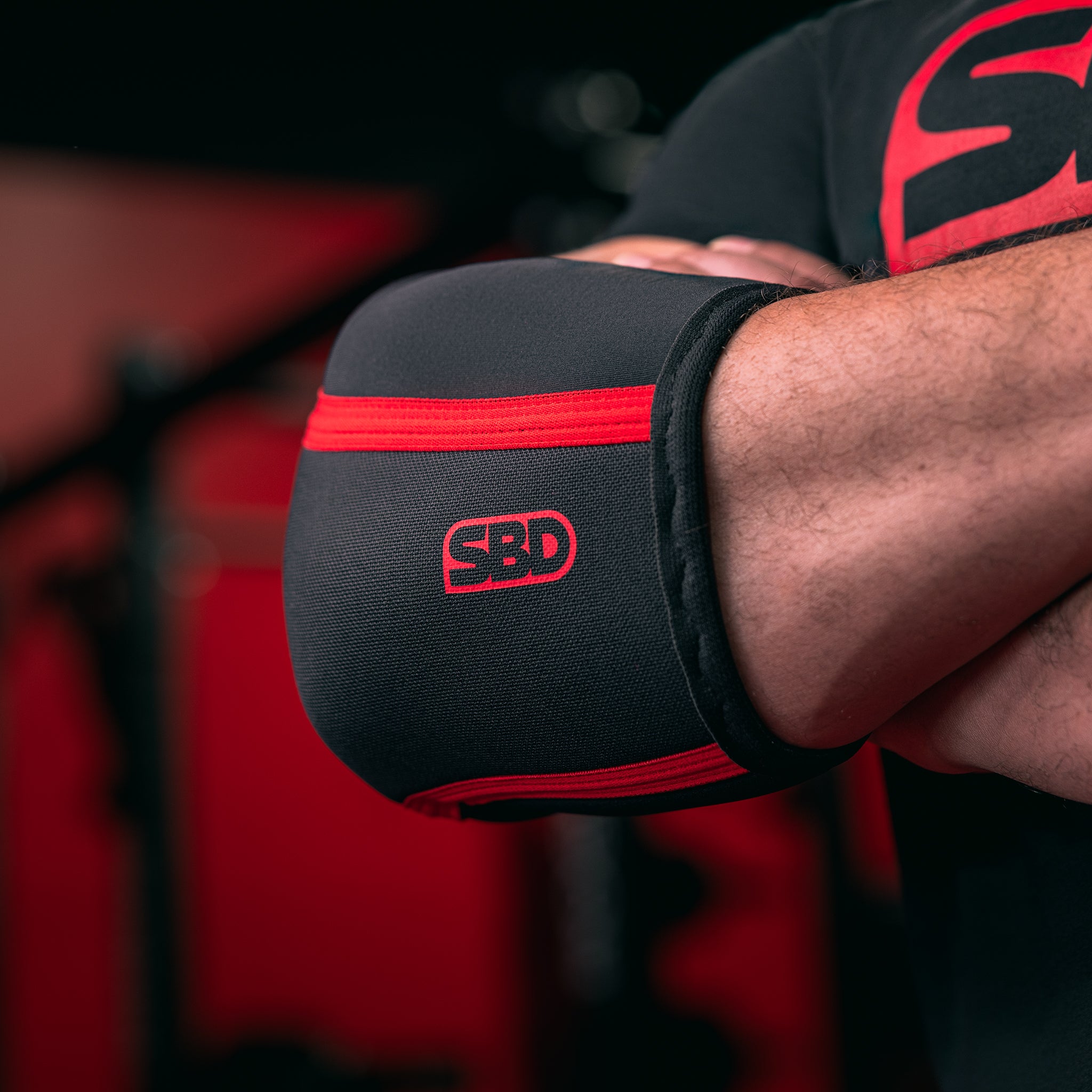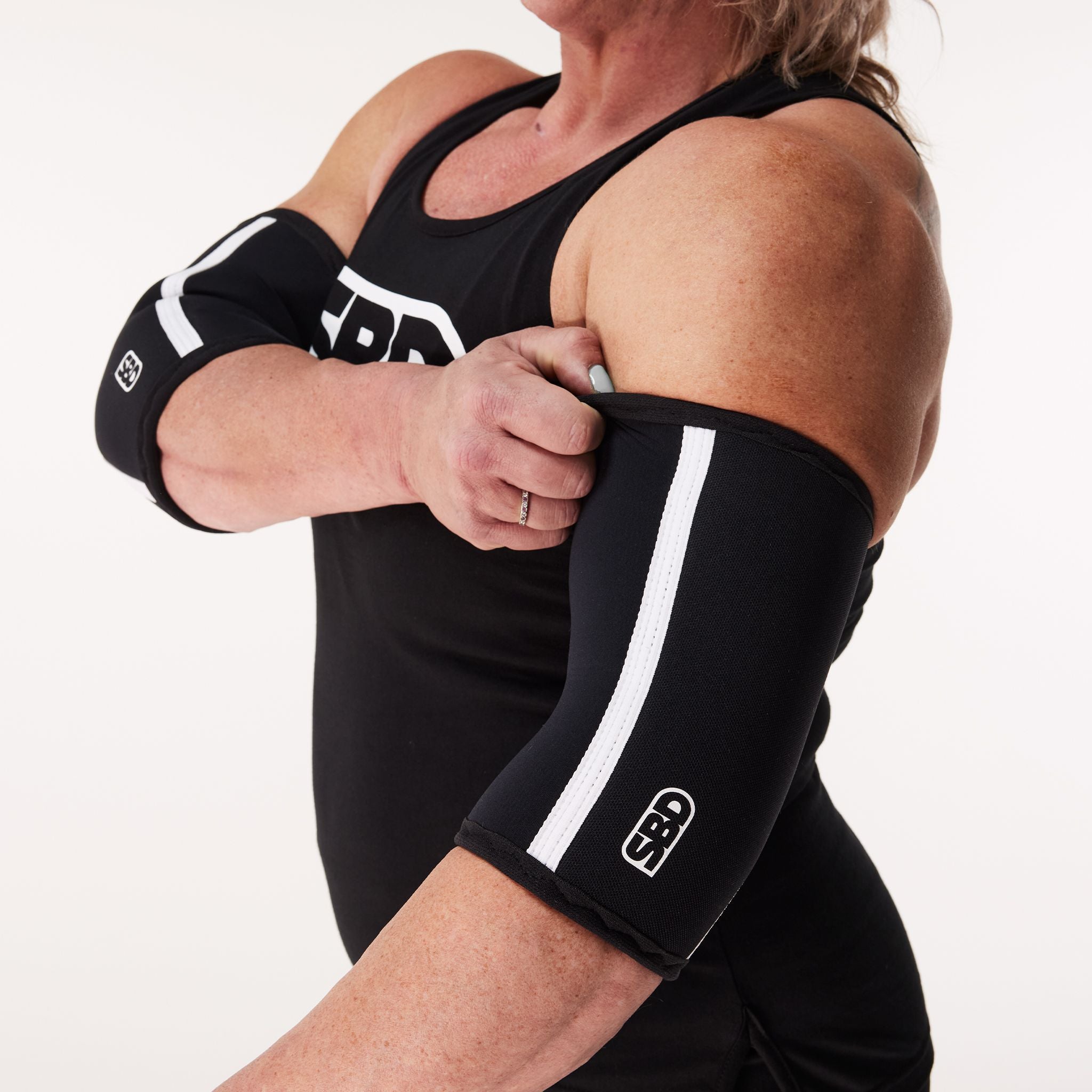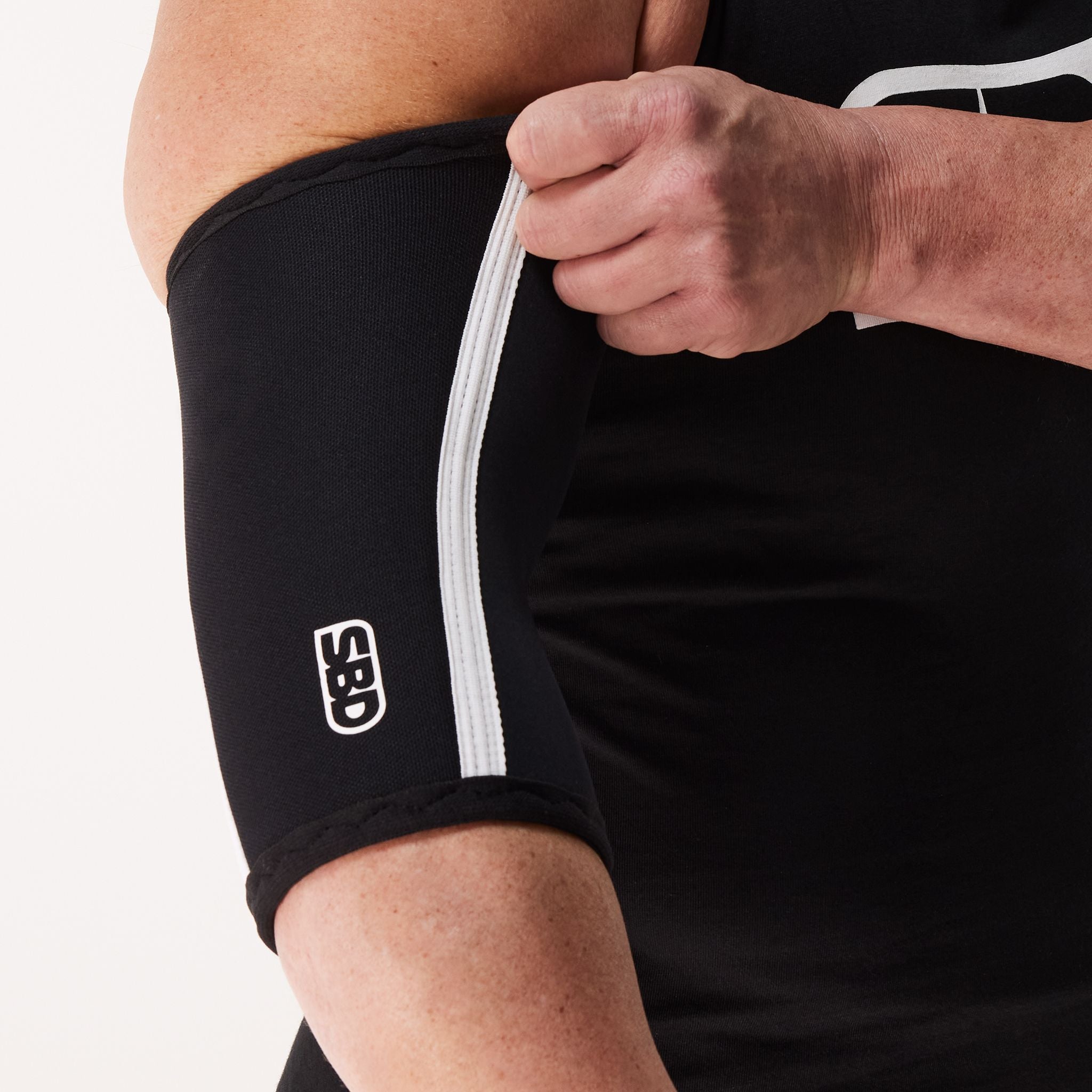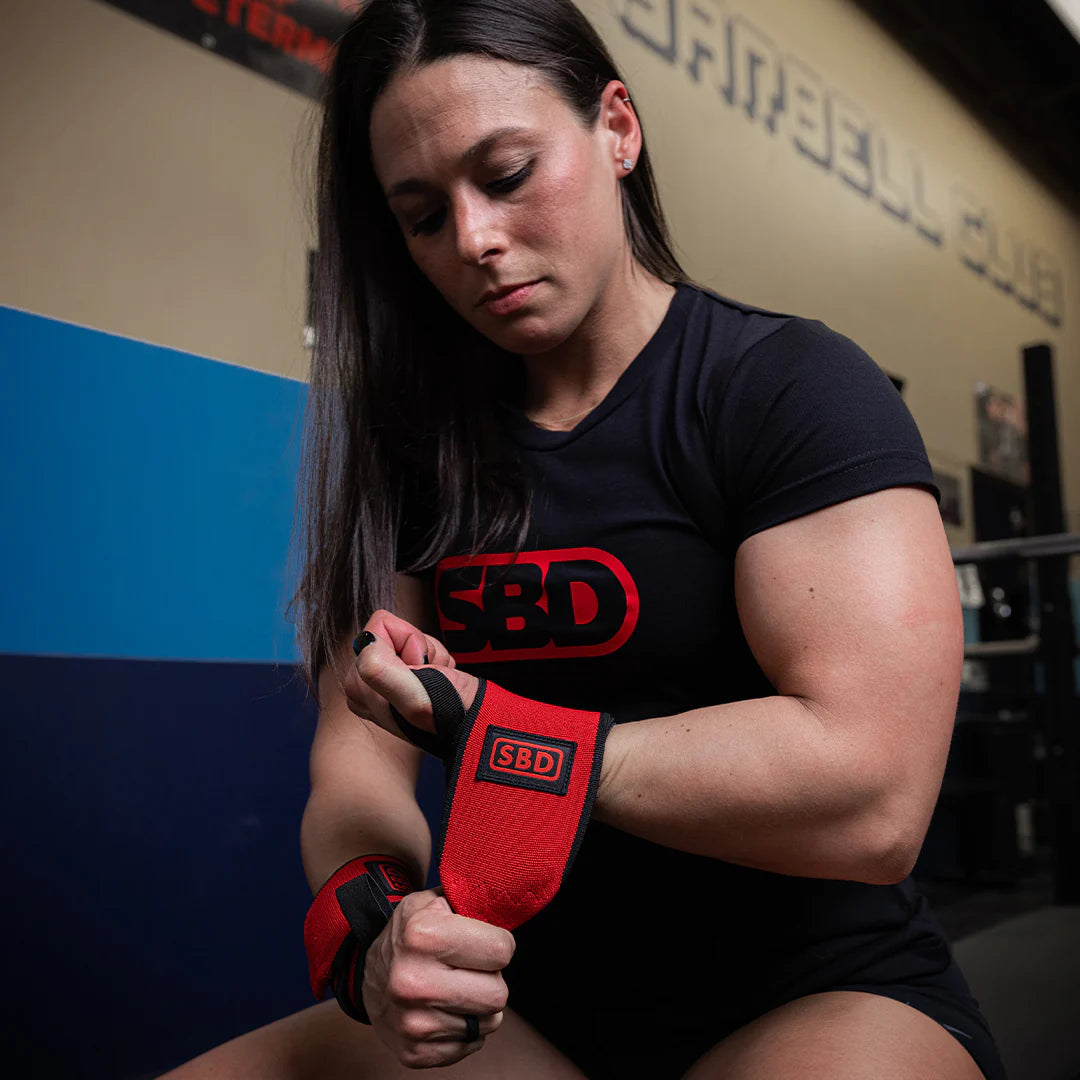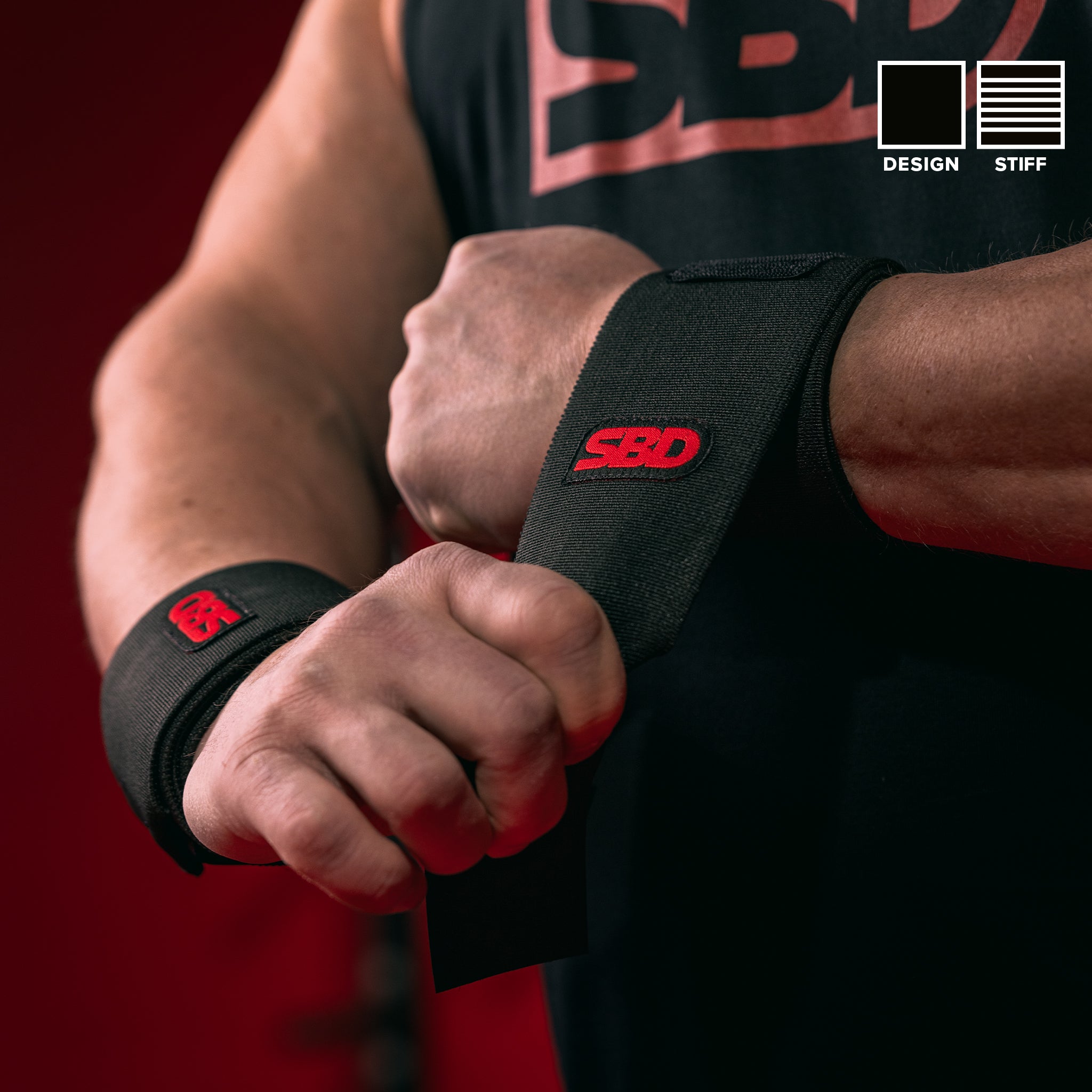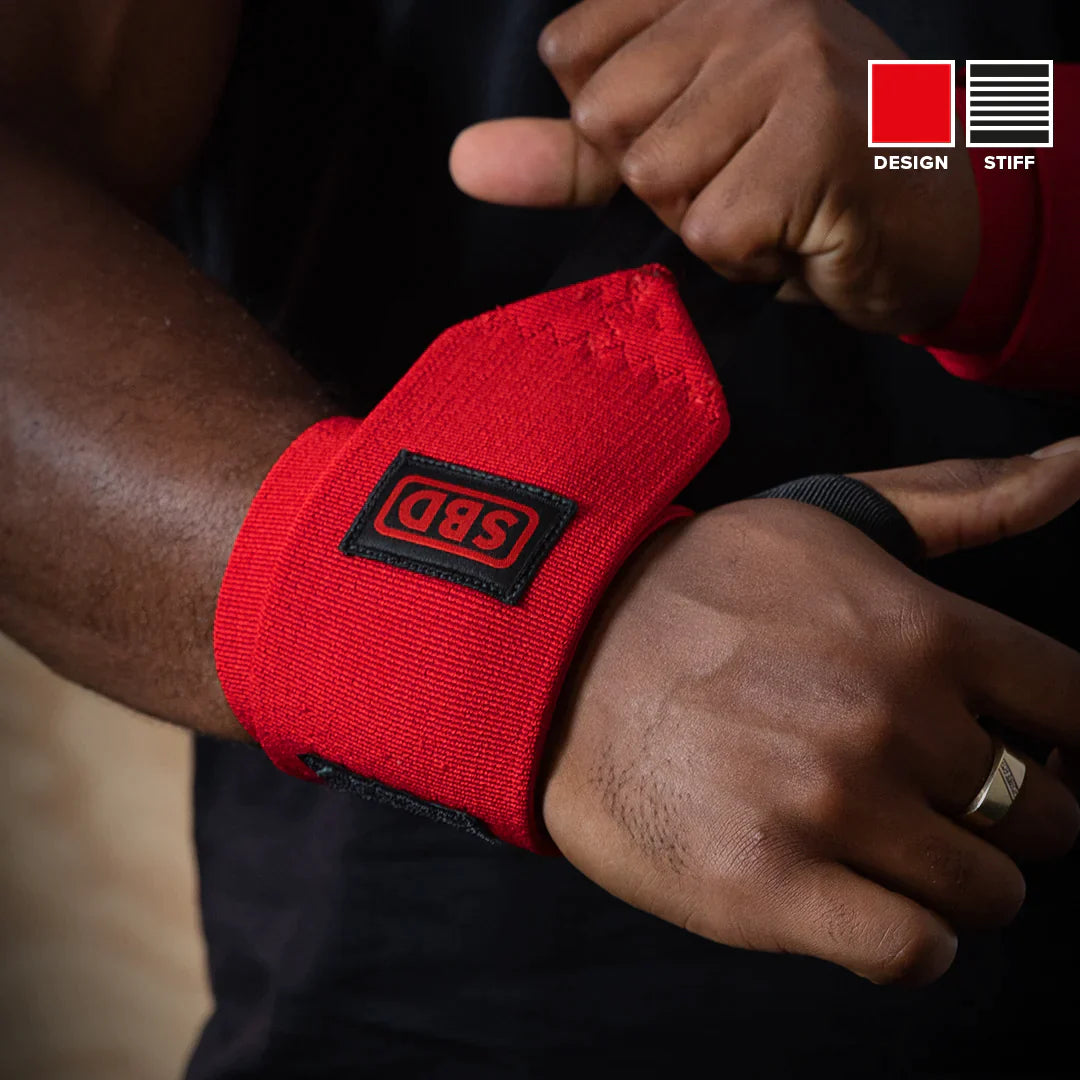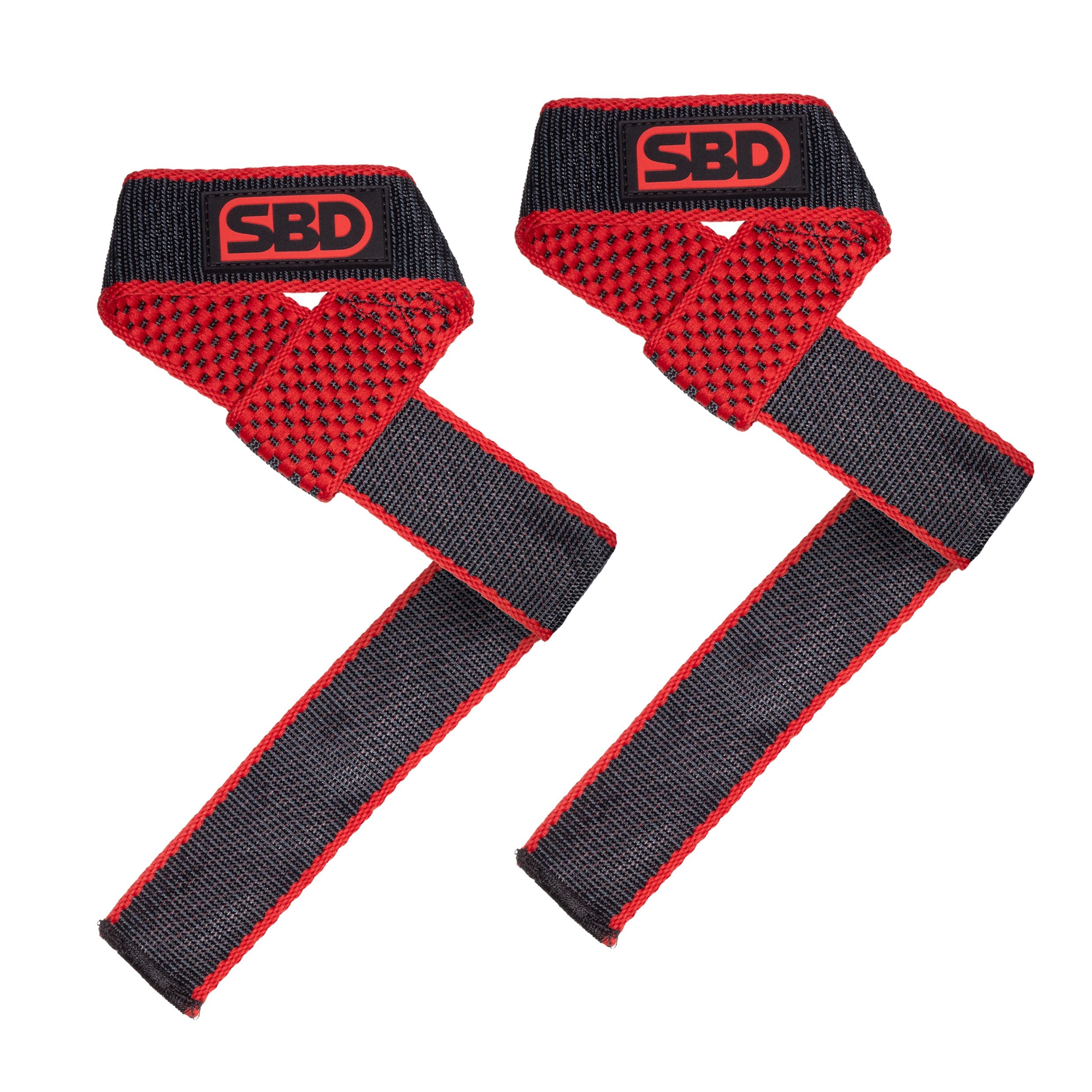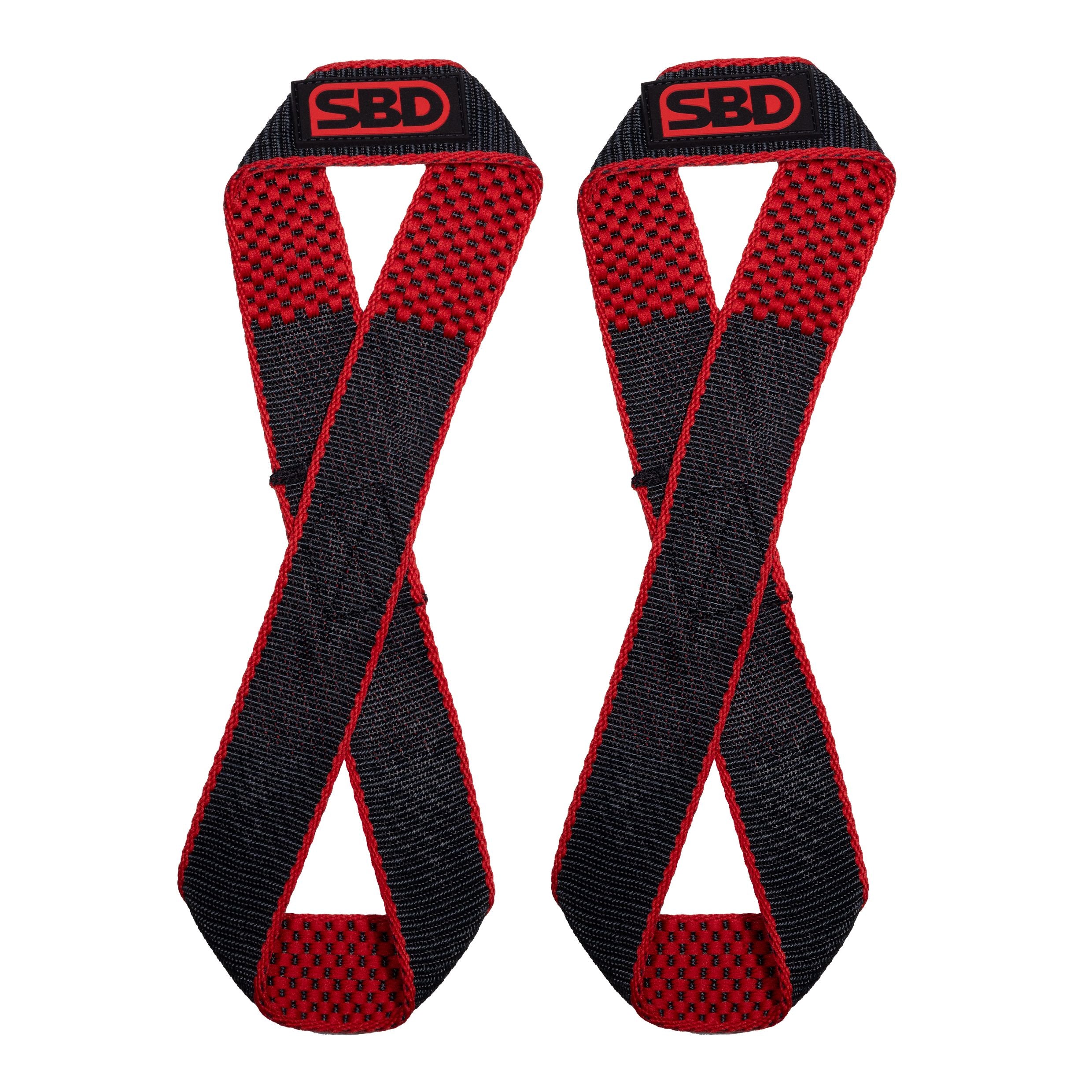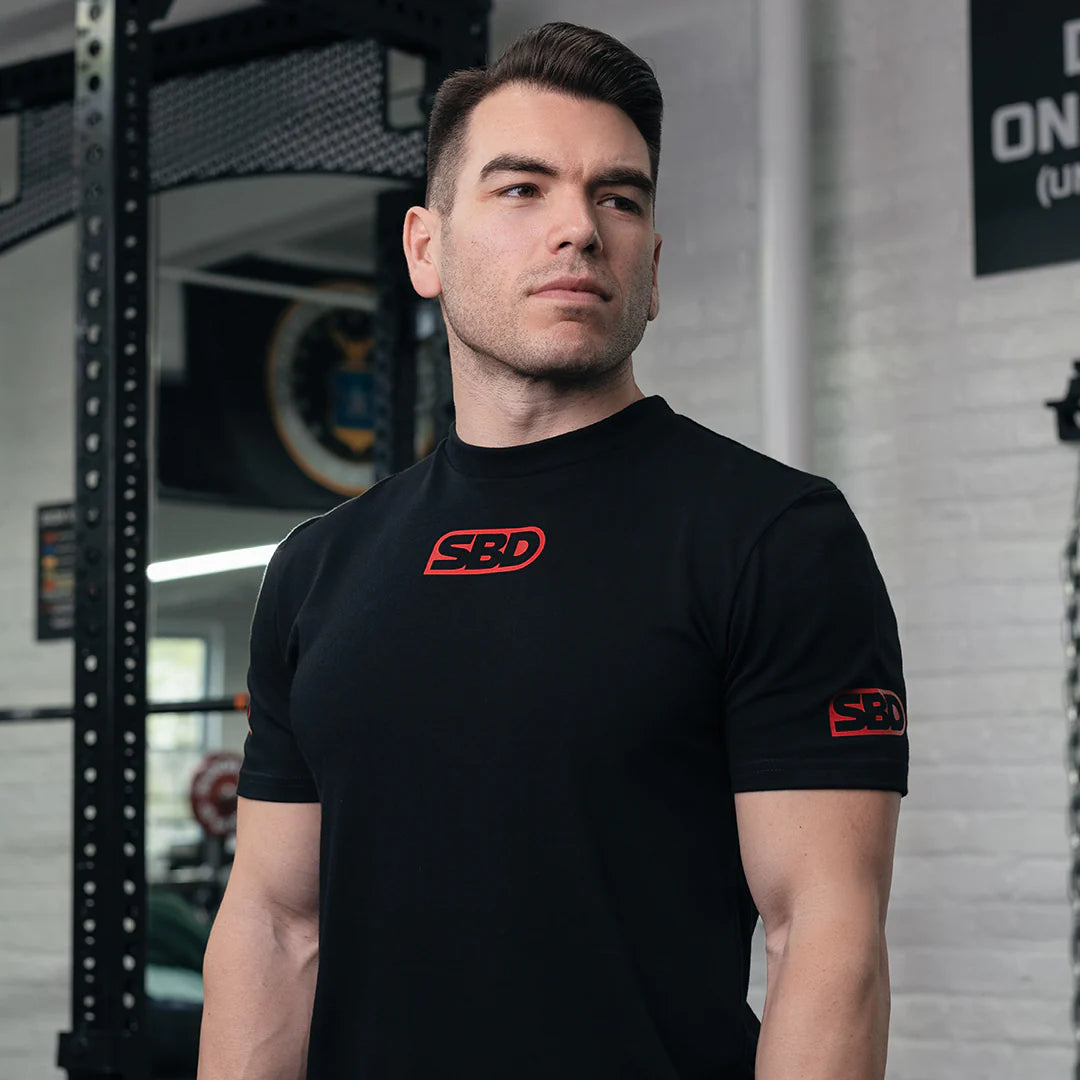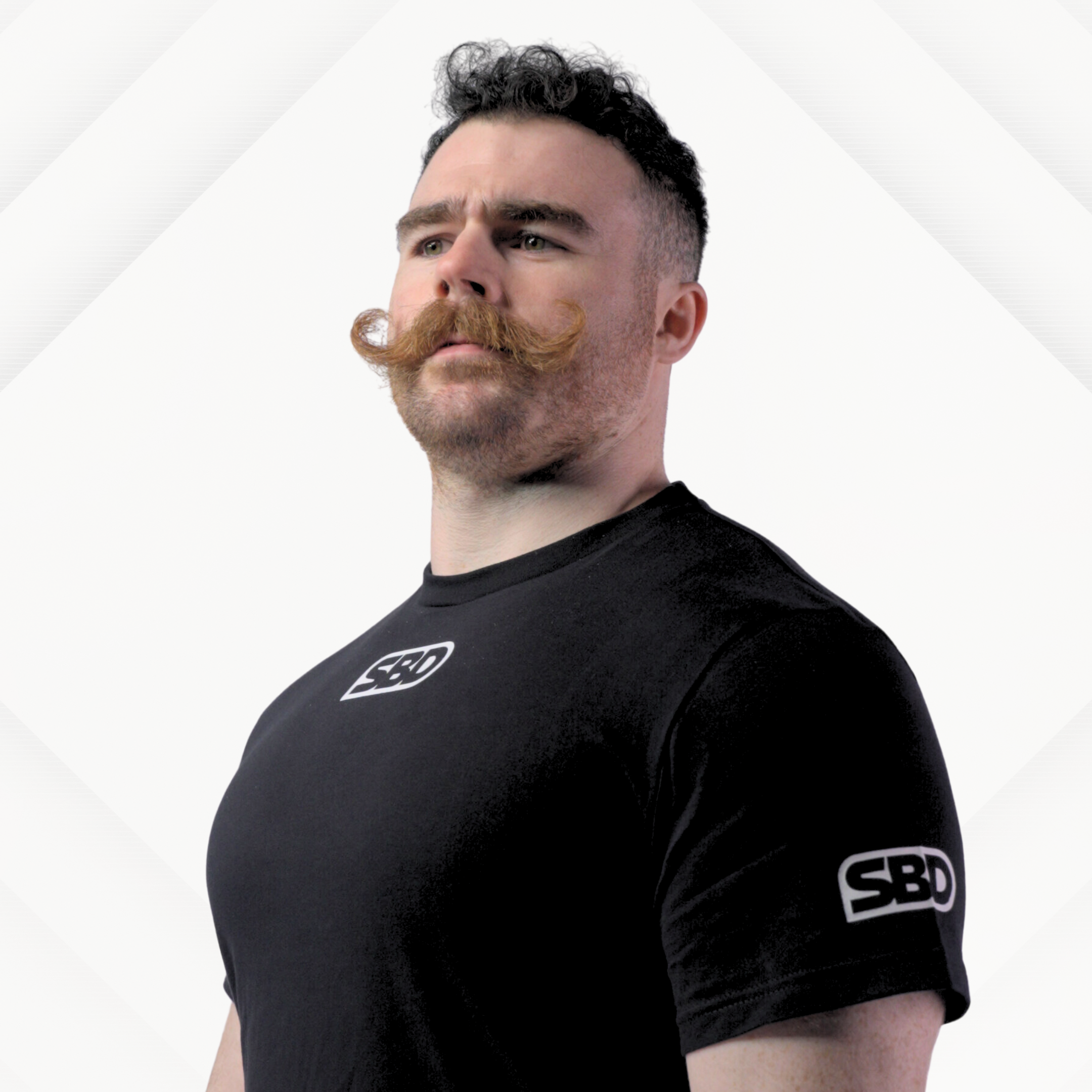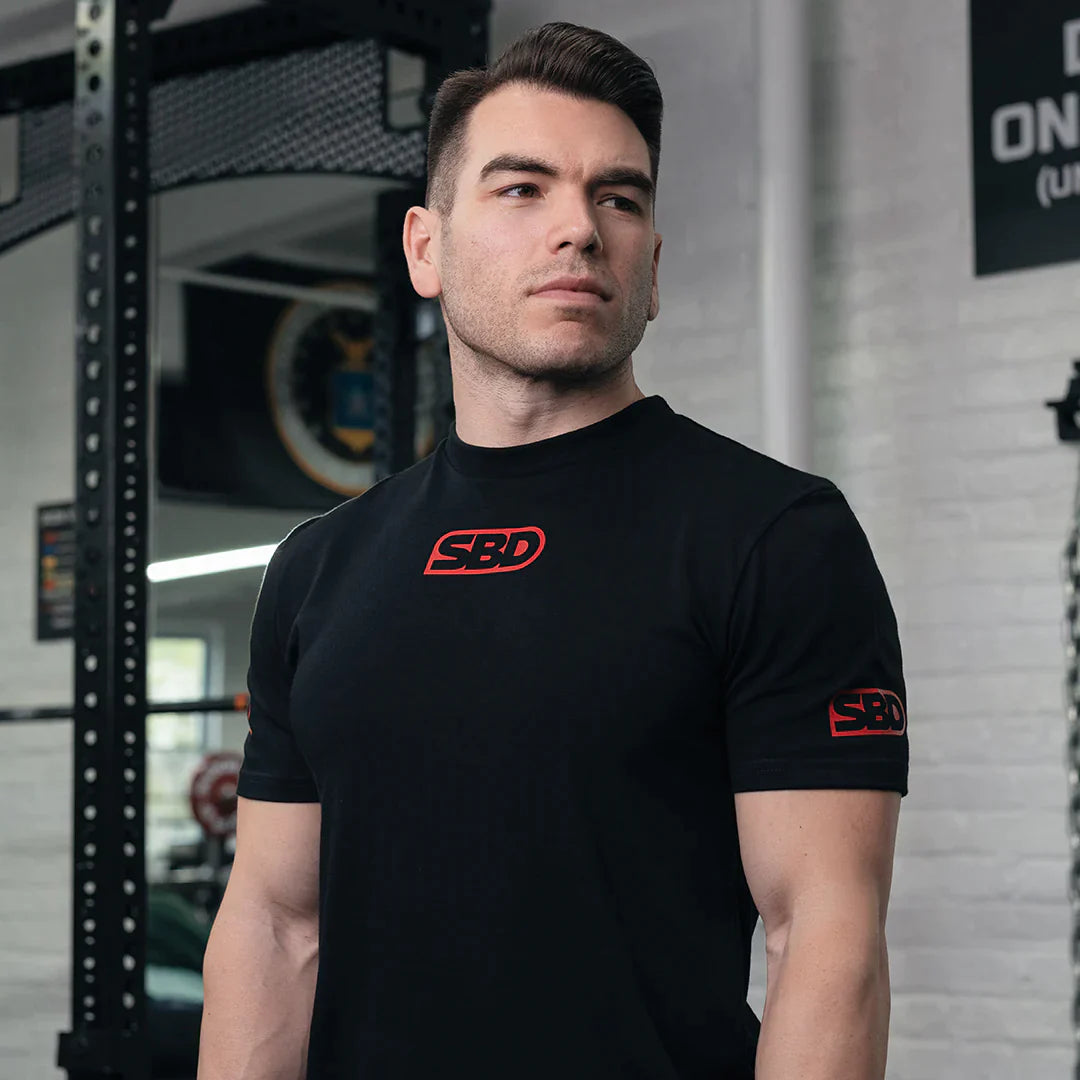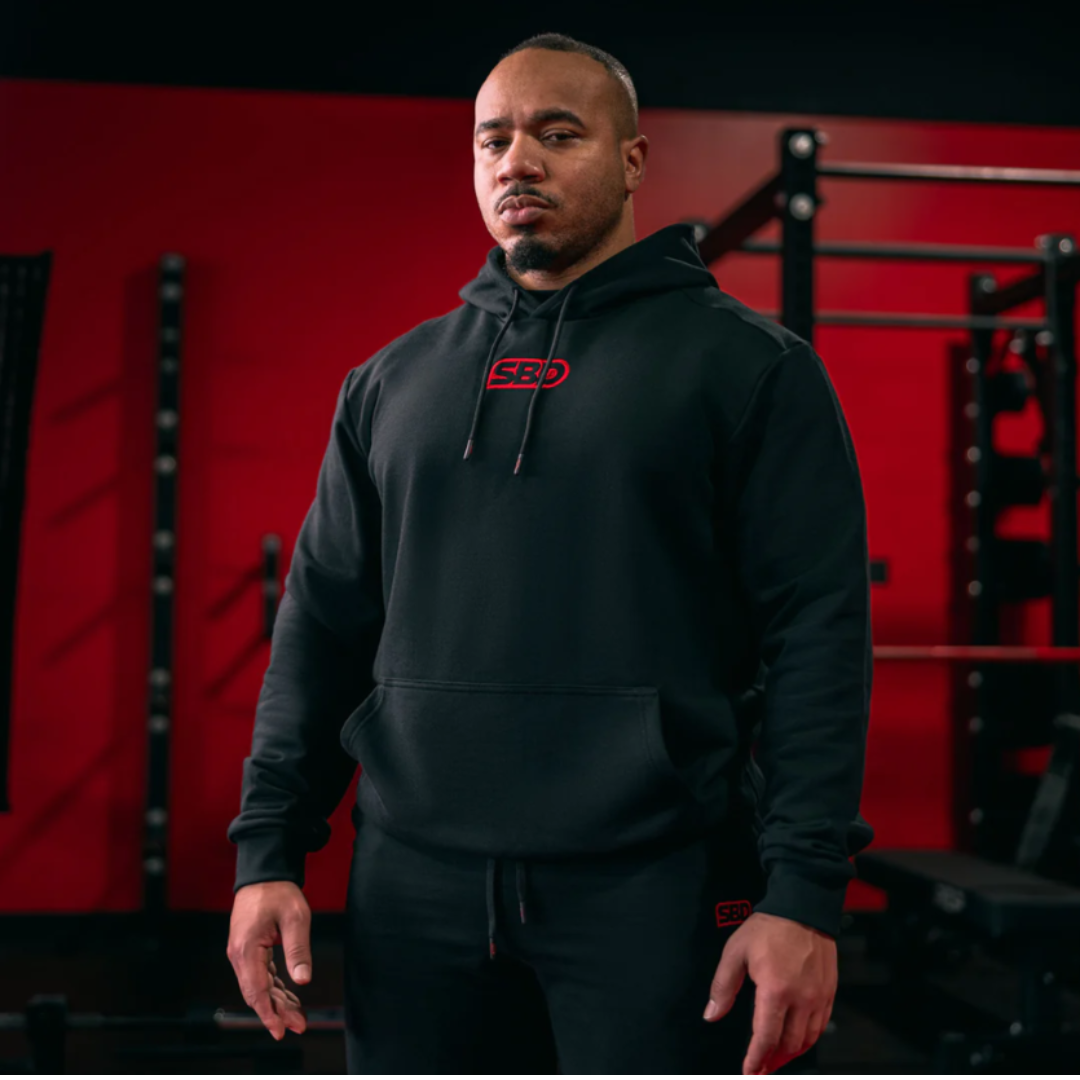Introduction
Hitting a wall with your bench press can feel defeating, especially after months of steady progress. It’s a common experience for lifters at all levels. The good news? It’s solvable. This guide is here to help you break your bench press plateau fast using scientifically backed strategies that blend technique, smart training, and recovery essentials. Let’s get into it.
Understanding a Bench Press Plateau
What is a Plateau?
A bench press plateau refers to a period where your progress halts despite consistent training. You’re lifting the same weight for weeks—or even months—without improvement.
Why Progress Stalls
There are several reasons why you might be stuck:
-
Repetitive programming with no variation
-
Insufficient recovery
-
Poor form or inefficiencies in technique
-
Lack of progressive overload
Recognising the cause is the first step toward making progress again.
Key Factors Behind Stagnation
Muscle Adaptation
Your muscles adapt to repetitive stimuli. If your workout routine rarely changes, your body stops responding. This is where variety and intensity play crucial roles.
Poor Recovery Habits
Many overlook recovery. If you're not sleeping enough or fuelling properly, your muscles won't grow or repair as they should—no matter how hard you train.
Inconsistent Programming
Training without a structured plan leads to missed progress markers. Bench press strength doesn’t build on random efforts; it needs calculated progression.
Step 1: Optimise Your Bench Press Technique
Getting your form right can unlock hidden strength potential and reduce injury risk.
Perfecting Your Form
Foot Placement and Stability
Your feet should be firmly planted, creating a solid base. This helps you drive through your legs and stabilise your entire body.
Grip Width and Bar Path
Grip too wide or too narrow, and you're asking for shoulder strain. Find a grip that aligns your forearms vertically at the bottom of the press. The bar should move in a slight arc, not straight up and down.
The Role of Mind-Muscle Connection
Visualising the movement and focusing on pec contraction during the lift helps activate more muscle fibres. It may sound minor, but it makes a measurable difference.
“Form is function. Fix it first, and results will follow.”
Step 2: Programme Smart Variations
Training variety prevents adaptation and exposes weaknesses.
Accessory Exercises for Power and Control
Close-Grip Bench Press
Targets the triceps and upper chest—critical for the lockout portion.
Floor Press
Reduces range of motion and strengthens the mid-point, which is often a sticking point.
Spoto Press
Builds time-under-tension by pausing just above the chest. Fantastic for control and stability.
Periodisation Techniques
Linear vs. Undulating Periodisation
-
Linear: Gradually increasing weight with consistent reps
-
Undulating: Varies rep and load schemes weekly or daily to avoid over-adaptation
Deload Weeks and Recovery Phases
Integrating lighter weeks gives your CNS time to recover. These periods are often when strength gains consolidate.
Step 3: Maximise Recovery and Nutrition
Sleep Quality and Muscle Repair
Sleep is where most recovery happens. Aim for 7–9 hours. REM sleep is particularly vital for hormonal regulation and tissue repair.
Nutrition That Fuels Gains
Protein Intake and Muscle Protein Synthesis
1.6–2.2g of protein per kilogram of body weight supports muscle growth. Spread it evenly throughout the day for maximum absorption.
Creatine and Recovery
Creatine monohydrate enhances energy production during lifts and aids recovery. It’s one of the most researched and effective supplements.
Managing Fatigue and Overtraining
Symptoms of overtraining include irritability, poor sleep, and stalled lifts. Tracking training volume and adjusting based on fatigue markers is key.
Frequently Asked Questions
1. How often should I bench press to break a plateau?
2–3 times per week is optimal for most lifters. It allows enough frequency without sacrificing recovery.
2. Should I lift heavier or increase reps?
Use both. Varying intensity and volume ensures continual muscle stimulus and growth.
3. How long does it take to overcome a plateau?
It depends on the individual and the cause. With proper changes, most lifters see progress in 4–6 weeks.
4. What’s the best accessory movement for bench strength?
The Spoto press is a top choice due to its focus on control and stability, but the best accessory depends on your weak point.
5. Do I need supplements to break through a plateau?
Not necessarily, but supplements like creatine and whey protein can support your recovery and performance.
6. Can changing grip width help?
Absolutely. Adjusting grip can better target different muscle groups and ease stress on joints.
Conclusion
Bench press plateaus are a rite of passage in strength training. But they aren’t permanent. By refining your technique, programming with purpose, and focusing on recovery, you’ll reignite your progress and push past limits you once thought immovable. Strength isn’t just physical—it’s in the strategy.





